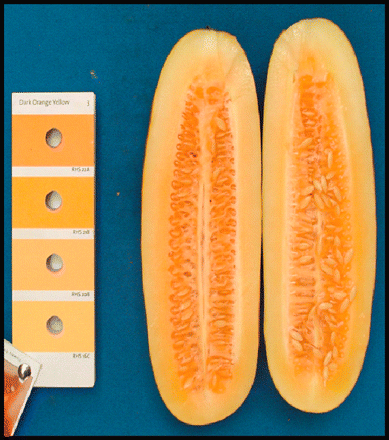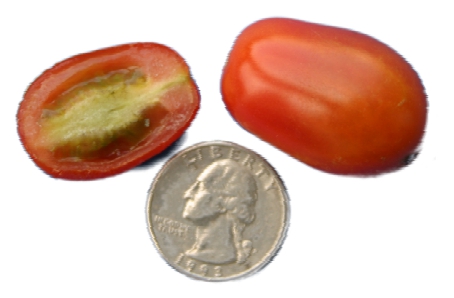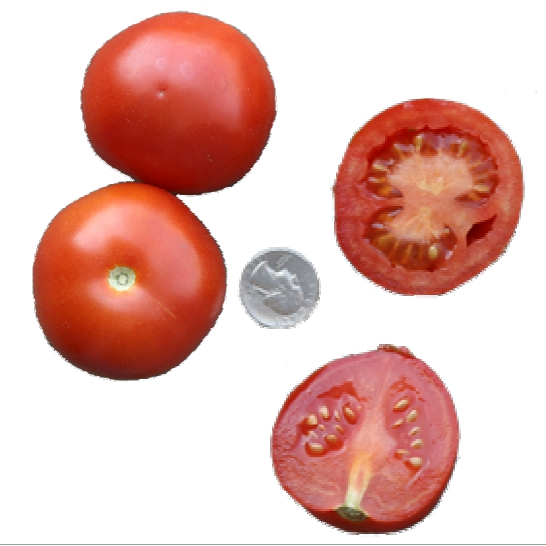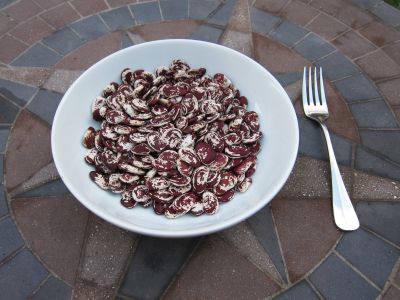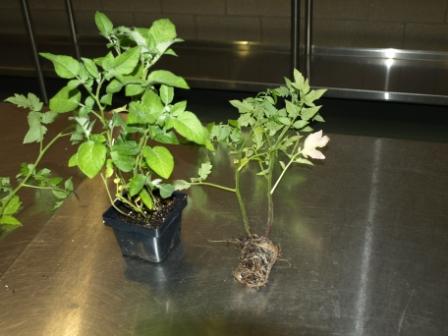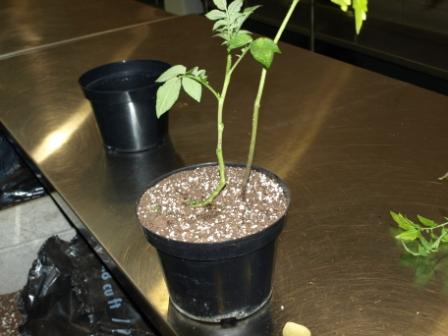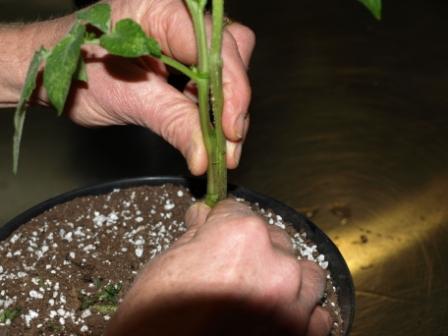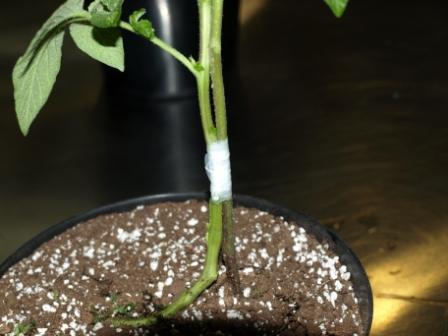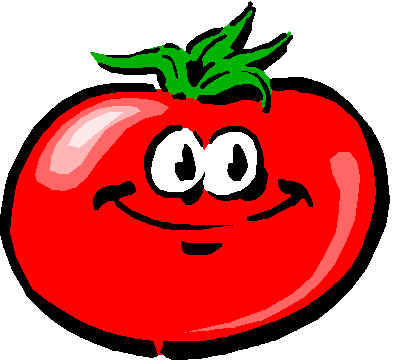Infographics can be great: They’re bright colorful ways to make sometimes complex concepts visual and easy to understand. Sadly, “easy to understand” does not necessarily equal “accurate” and they can also be extremely misleading.
Take this beautifully made image from National Geographic. It is an older image — first posted back in 2011, but it makes the rounds on social media from time to time, and popped up in my facebook newsfeed a couple days ago.

Look at it! Oh no! We’re loosing all of our vegetable genetic diversity!
Or not. First, it is comparing apples to oranges. This image looks a commercially available varieties in 1903 and compares it to the number of varieties in one specific center for preserving genetic diversity. What happens if we compare the same metric? If you look at the number of varieties in the National Seed Storage Laboratory, that was founded in 1958… so in 1903, at the top of the graph, the number for all these vegetables would be… zero. If you look at the present day, the current umbrella organization for all the US government funded efforts to preserve genetic diversity of crop plants is GRIN, (Germplasm Resources Information Network) and if I do a quick search through that database using the keyword “tomato” I get… 9281 results. That is a pretty overwhelming improvement over 79 in 1983.
And what about commercially available varieties? To use tomato as an example again, in 1903, they found 408 varieties offered commercially. I just added up the varieties listed by just ONE seed company, Baker Creek Seeds, currently lists 287 different varieties of tomatoes. That is just ONE company. I have no doubt that if I added up all the varieties that are offered for sale in the giant pile of seed catalogs I get every spring it would be FAR more than the 408 on offer in 1903.
So… are we losing genetic diversity in our crop plants? Probably. There are lots of traditional varieties and land races that were never available commercially that have do doubt been lost, but to be honest, I think we’ve done a pretty good job at preserving the diversity. And certainly the USDA’s system of gene banks is an incredibly well run, impressive thing that deserves high praise indeed, for not merely preserving vast amounts of important genetic diversity but also working hard to characterize it and make it available to researchers and breeders so it can actually be put to work in the development of new and improved selections to try and feed the world.
So despite how colorful and easy to understand this infographic is, you don’t need to freak out about a massive loss of genetic diversity in our vegetable crops. Save that freaking out for all the wild species that have gone extinct or are about to go extinct thanks to habitat destruction and climate change world wide…
